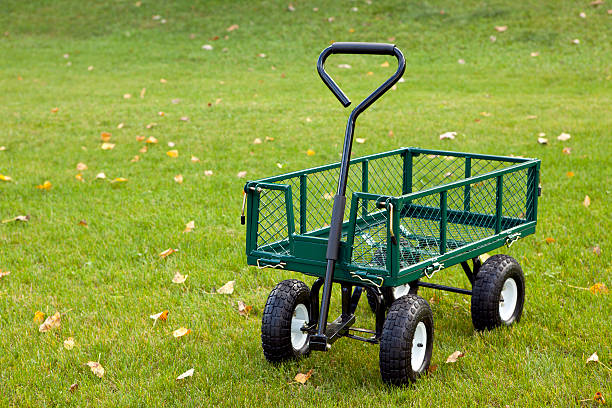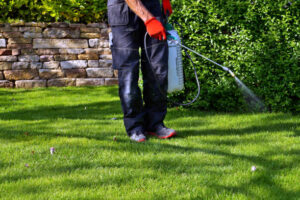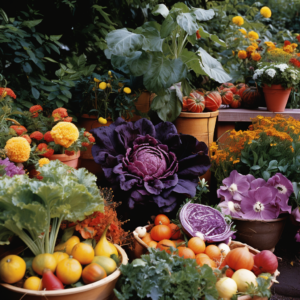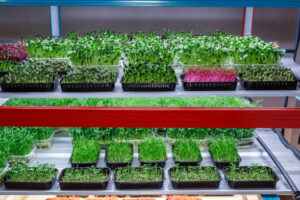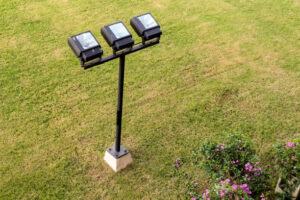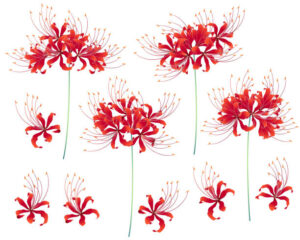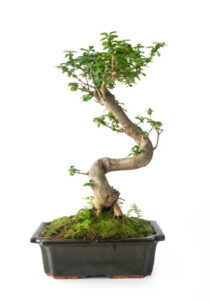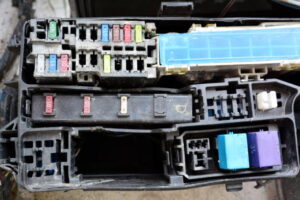Best Garden Carts: Making Gardening Tasks Easier
Introduction
Gardening is a rewarding and fulfilling endeavor, but it often involves tasks that require heavy lifting, hauling, and transporting materials. Whether you’re moving soil, plants, tools, or other gardening supplies, having the right equipment can make all the difference. Garden carts are essential tools designed to simplify gardening tasks and lighten the load, allowing you to work more efficiently and comfortably in your garden. With a wide variety of garden carts available on the market, choosing the best one for your needs can be overwhelming. Fear not, for this comprehensive guide will provide you with useful tips and insights to help you select the best garden cart for your gardening endeavors. Join us as we explore the benefits of garden carts, the different types available, and essential considerations for choosing the perfect cart for your gardening needs.
Understanding Garden Carts
Garden carts, also known as utility wagons or wheelbarrows, are versatile vehicles designed to transport heavy or bulky items in the garden. They typically feature a sturdy frame, durable wheels, and a spacious bed or container for holding materials. Garden carts come in various shapes, sizes, and configurations to suit different gardening tasks and preferences. Whether you’re hauling soil, mulch, plants, or gardening tools, a garden cart can make the job easier and more efficient.
One of the primary advantages of garden carts is their ability to handle a wide range of gardening tasks. The sturdy frame and durable wheels are designed to support significant weight, making it easier to move heavy loads with minimal effort. This is particularly beneficial when transporting large quantities of soil or mulch, which can be back-breaking work if done manually. The spacious bed or container of the cart allows for the efficient transport of multiple items at once, reducing the number of trips required and saving time and energy.
Garden carts come in various designs to meet the diverse needs of gardeners. Traditional wheelbarrows have a single wheel and two handles, allowing for easy maneuverability over uneven terrain. These are ideal for tasks that require precise control, such as navigating through narrow garden paths. On the other hand, two-wheeled garden carts offer greater stability and can handle heavier loads without tipping over. Four-wheeled utility wagons provide maximum stability and are perfect for transporting larger, bulkier items over flat surfaces. Some models even feature removable sides or convertible beds, offering additional flexibility for different types of loads.
Material and construction are critical factors to consider when choosing a garden cart. Many garden carts are made from durable materials such as steel, aluminum, or heavy-duty plastic. Steel carts are known for their strength and durability, making them ideal for heavy-duty tasks. However, they can be prone to rust if not properly maintained. Aluminum carts are lighter and resistant to rust, making them a good choice for those who need a cart that is both durable and easy to maneuver. Heavy-duty plastic carts are lightweight and resistant to weather, making them a practical option for everyday gardening tasks.
The wheels of a garden cart are also an essential component to consider. Pneumatic wheels, filled with air, provide a smooth ride over rough terrain and absorb shocks, making them ideal for uneven or rocky garden paths. Solid rubber wheels, while less cushioned, are puncture-proof and require less maintenance, making them a reliable choice for consistent, heavy use on flat surfaces. Some garden carts even feature swivel wheels for enhanced maneuverability, allowing for easy navigation in tight spaces.
Ergonomic design is another important feature of modern garden carts. Many models are designed with user comfort in mind, featuring padded handles, adjustable heights, and balanced weight distribution to reduce strain on the user’s back and arms. This makes garden carts accessible to a wider range of users, including those with physical limitations or those who prefer to minimize physical exertion while gardening.
Beyond transporting materials, garden carts can serve a variety of other functions in the garden. They can be used as mobile workstations, providing a convenient place to store and organize gardening tools while working. Some garden carts come with built-in tool holders or compartments, further enhancing their utility. Additionally, garden carts can double as seating or support platforms, allowing gardeners to sit comfortably while tending to plants or performing other tasks at ground level.
In conclusion, garden carts are indispensable tools for gardeners of all skill levels. Their versatility, durability, and ease of use make them essential for efficiently transporting heavy or bulky materials around the garden. With a wide range of designs, materials, and features available, there is a garden cart to suit every gardener’s needs. By investing in a high-quality garden cart, you can significantly reduce the physical strain of gardening tasks, making the overall gardening experience more enjoyable and productive. Whether you’re a seasoned gardener or just starting, a garden cart is a valuable addition to your gardening toolkit.
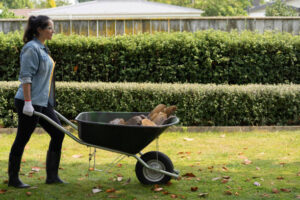
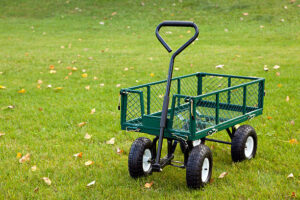
Types of Garden Carts
Wheelbarrows: Traditional wheelbarrows consist of a single wheel at the front, with two handles at the rear for pushing and steering. They are ideal for transporting heavy loads over rough or uneven terrain, such as gravel paths or grassy areas. Wheelbarrows come in different sizes and configurations, including single-wheel and dual-wheel designs, as well as flatbed and tray styles.
Utility Carts: Utility carts, also known as garden wagons or dump carts, feature four wheels and a larger, more stable design compared to wheelbarrows. They typically have a spacious bed with high sides, making them ideal for hauling large volumes of materials, such as mulch, compost, or garden debris. Utility carts may also feature a dumping mechanism that allows you to unload materials with ease.
Folding Carts: Folding carts are lightweight, collapsible carts designed for easy storage and transport. They are ideal for smaller gardening tasks, such as carrying tools, plants, or harvested produce around the garden. Folding carts typically feature a fabric or mesh basket supported by a lightweight frame and may have wheels for easy maneuverability.
Essential Considerations for Choosing a Garden Cart
Capacity: Consider the capacity of the garden cart, including its weight capacity and volume. Choose a cart that can comfortably accommodate the materials you need to transport without overloading or straining the cart.
Wheel Size and Type: Pay attention to the size and type of wheels on the garden cart, as they will affect its maneuverability and performance on different terrains. Larger wheels are better suited for rough or uneven surfaces, while pneumatic (air-filled) tires provide better shock absorption and stability.
Material and Construction: Look for a garden cart made from durable materials, such as steel, aluminum, or heavy-duty plastic, that can withstand the rigors of outdoor use. Consider features such as rust resistance, weatherproofing, and sturdy construction for long-lasting durability.
Handle Design: Choose a garden cart with ergonomic handles that provide a comfortable grip and allow for easy pushing or pulling. Adjustable handles can accommodate users of different heights, while padded handles can reduce hand fatigue during prolonged use.
Conclusion
Investing in a quality garden cart is essential for making gardening tasks easier, more efficient, and more enjoyable. Whether you’re hauling soil, mulch, plants, or gardening tools, the right cart can help you work smarter, not harder, in your garden. By understanding the benefits of garden carts, exploring the different types available, and considering essential factors such as capacity, wheel size, material, and handle design, you can select the perfect cart to suit your gardening needs. With the right garden cart by your side, you can tackle any gardening project with confidence and ease, ensuring that your garden remains beautiful, bountiful, and thriving year-round.

